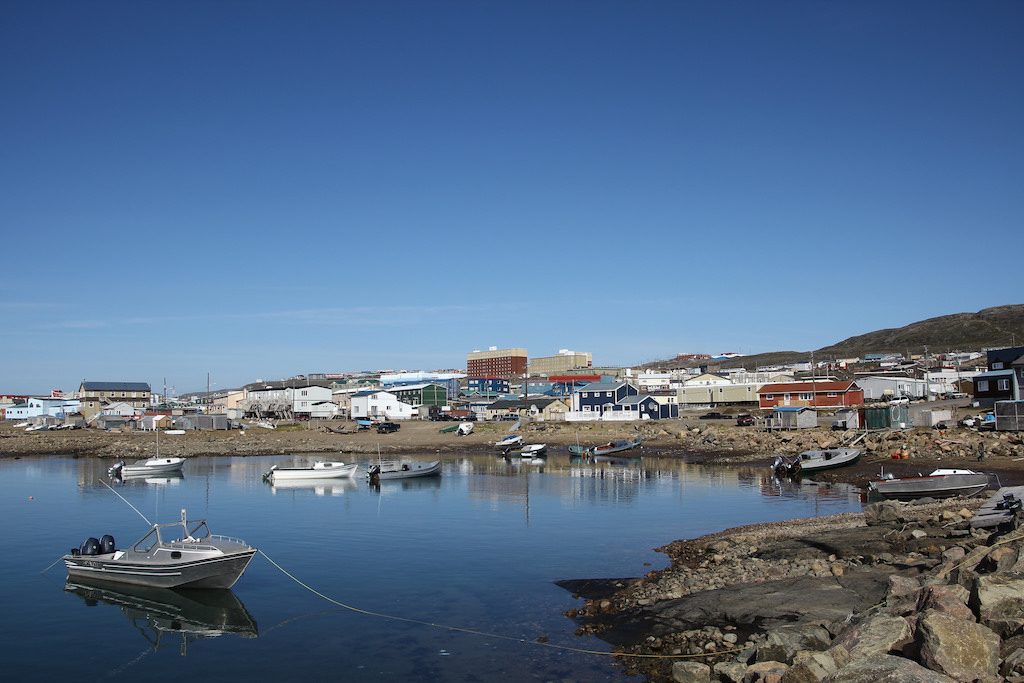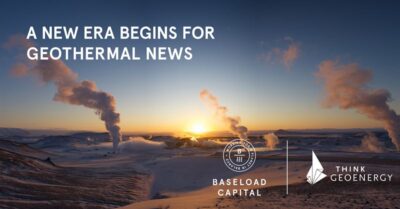Database and geothermal resource estimate maps released for Nunavut Territories
CanGEA has announced the entry of geothermal favourability maps, project report and database entered for Nunavut Territories into the Canadian National Geothermal Database.
The Canadian Geothermal Energy Association (CanGEA) has announced an update to the Canadian Geothermal National Database & Territory resource maps for the Nunavut Territory.
Nunavut is largest and northernmost territory of Canada with population of 38,456 spread out over 25 isolated communities. Qulliq Energy Corporation (QEC) owns and operates diesel-powered generating stations to supply electricity for Nunavut communities. QEC funded a geothermal feasibility study, which was performed by RESPEC, Qikiqtaaluk Business Development Corp. and Tuya Terra Geo Corp.
The Nunavut Geothermal Feasibility study is the first phase in identifying potential geothermal resources to help offset the use of diesel for electricity & heat in the isolated communities of Nunavut. The objectives of this study were to gather existing data, identify data gaps, and conduct a geothermal resource assessment based on the existing data. The framework, methodology, and deliverables of the assessment are designed around the reporting guidelines that were set by the Canadian Geothermal Energy Association (CanGEA) for the Canadian National Geothermal Database (CNGD) [Canadian Geothermal Code Committee, 2010].
Key findings of the report:
- The geothermal potential of Nunavut is generally considered to be low compared to other provinces and territories. This is partially driven by the absence of data necessary to characterize the resource potential in Nunavut.
- Any geothermal development would need to occur at or near the isolated communities as there is no infrastructure to support energy transfer and resource temperatures will not support large scale power production.
- The territory is divided into two major geological regions and the geothermal resource is defined by those regions. The Arctic Basins region in the northwestern area of Nunavut is a sedimentary geothermal resource and has been preliminary characterized by oil and gas exploration.
- The Canadian Shield region will require a Enhanced Geothermal System (EGS) at depths of 5 km – 7km to reach temperatures suitable for binary power generation and direct use heating.
- The general Global Protocol methodology was used for this study with some modifications due to the absence of data. Theoretical and technical potential was calculated across the entire Territory of Nunavut regardless of data availability. Due to lack of data, values were estimated based on rock type, which included the entirety of the Canadian Shield region
- Under the Canadian Code for Public Reporting, generated resource maps are considered to have low confidence. No areas were considered to meet the minimum resource category of an inferred resource.
- Additional data collection is a key next step needed to properly define geothermal resource potential in Nunavut. It is recommended that Nunavut prioritize the drilling small diameter geothermal gradient wells at target communities to depths below the permafrost to measure subsurface thermal properties.
- Potential application of hybrid solar thermal – binary geothermal power production may be cost effective and increase overall power production. A thick permafrost, >500 meters, is a challenging heat sink that can be overcome with unique well bore designs. Enhanced Geothermal Systems are being developed around the world but economic and sustainability challenges remain.
Further details, such as the Google Earth Interactive Map, the Favourability Maps and the actual database file can be accessed via the link below.
Source: CanGEA


















